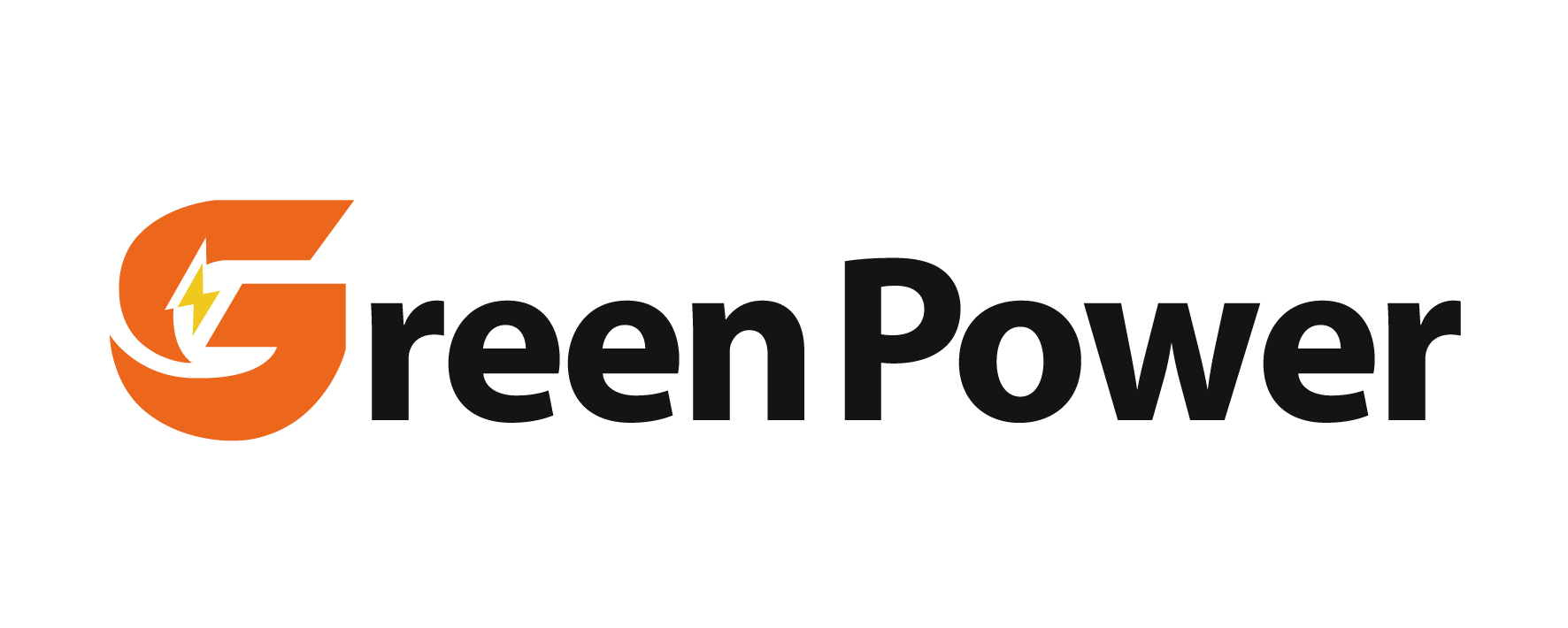energy storage price
Energy storage price represents a critical factor in the evolving landscape of renewable energy adoption and grid modernization. The current market demonstrates a consistent downward trend, primarily driven by technological advancements and economies of scale in manufacturing. Battery storage systems, particularly lithium-ion technologies, have seen significant price reductions, with costs falling by over 80% in the past decade. This price evolution encompasses various components, including hardware costs, installation expenses, and ongoing maintenance fees. Modern energy storage solutions offer multiple functionalities, such as peak shaving, load shifting, and backup power provision, making them increasingly attractive for both residential and commercial applications. The pricing structure typically varies based on capacity, technology type, and installation requirements, with larger systems generally offering better economies of scale. Current market rates range from $200 to $800 per kilowatt-hour, depending on the specific application and system size. The technology continues to advance, incorporating smart features like remote monitoring, predictive maintenance, and automated performance optimization, all of which influence the final price point.



